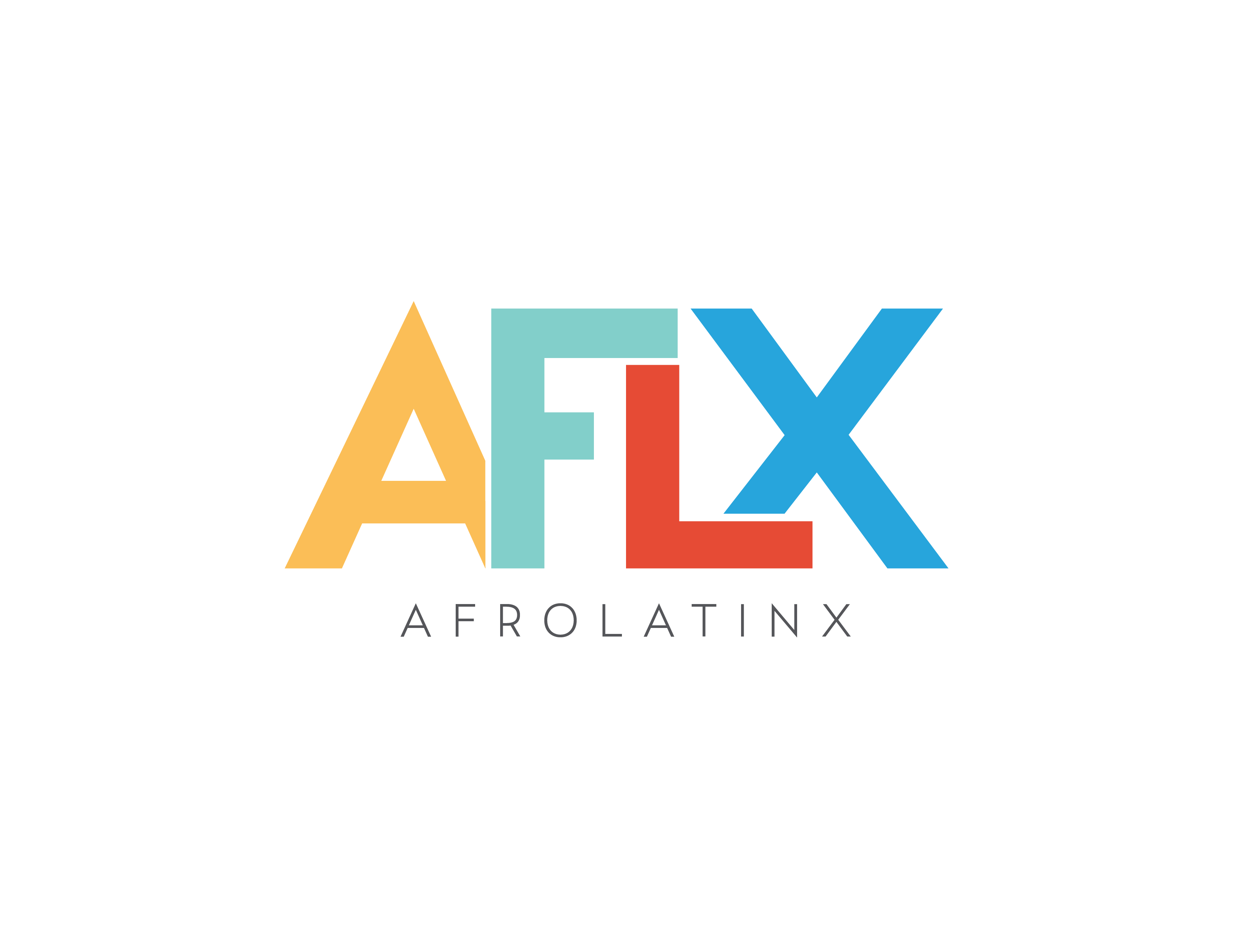In Defense of Latinx

Christine Garcia

“Where We Are” highlights where we are as a field on matters current and compelling. In these invited contributions, we bring together a small group of scholars at the forefront of a particular issue or practice, who together issue a progress report of sorts in 800-1200 words.
“Latinx” is an intersectional identity term meant to be used by gender fluid and gender nonconforming people, LGBTQIA persons, cisgender men and women, and those taking a political stance that ethnicity and gender exist on a spectrum and are not dichotomous. The term was conceived around 2004 and popularized on social media outlets, experienced a waning in usage for a few years, and has since reemerged, most noticeably around 2014, on forums helmed by and dedicated to Afro-Latinx and indigenous-centered Spanish speaking people (Gamio). The conceptualization of the “x” is rooted in the decolonization of the terms Latina/Latino on two levels: first, confronting and challenging the gender binary, and second, rejecting the silencing and erasure of Afro-Latinx and indigenous languages by standard Spanish, the language of the colonizer of much of Latin America and the Southwestern United States. The term “Latinx” has since entered mainstream use, and, as an emergent term, it continues to be defined and contested.
Related Articles
Forty Years: Memoirs from the Pages of a Newspaper
Los Angeles was founded in 1781. Among the forty-four individuals who founded it, there were twenty-two adults and twenty-two children. Not very many people know that there were only two Whites among the founders, but there were sixteen Indians and twenty-six...
Pigmentocracies: Ethnicity, Race, and Color in Latin America
"Pigmentocracies--the fruit of the multiyear Project on Ethnicity and Race in Latin America (PERLA)--is a richly revealing analysis of contemporary attitudes toward ethnicity and race in Brazil, Colombia, Mexico, and Peru, four of Latin America's most populous...
The Afro-Argentines of Buenos Aires, 1800-1900
Related Articles
